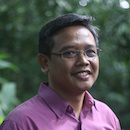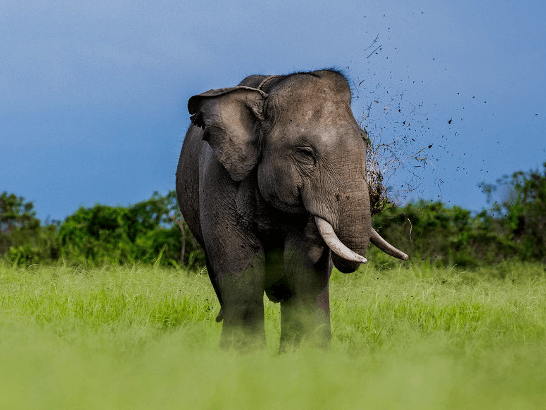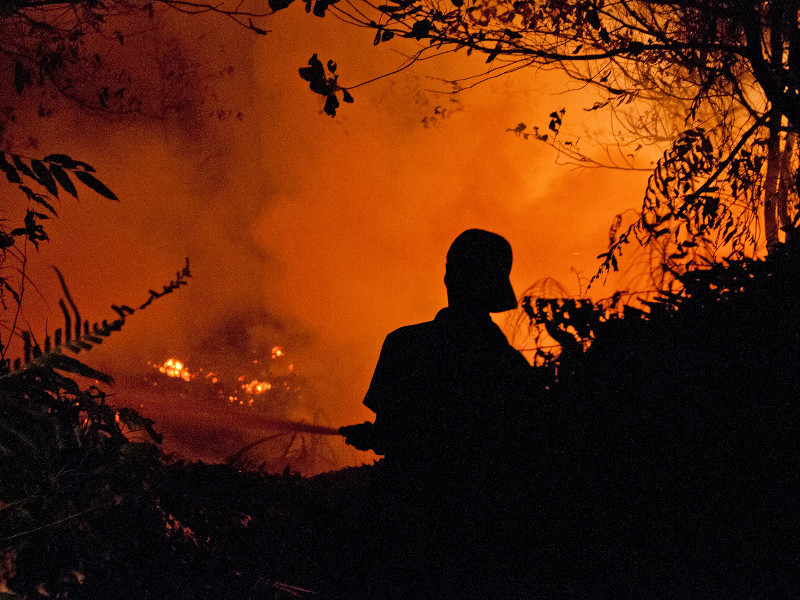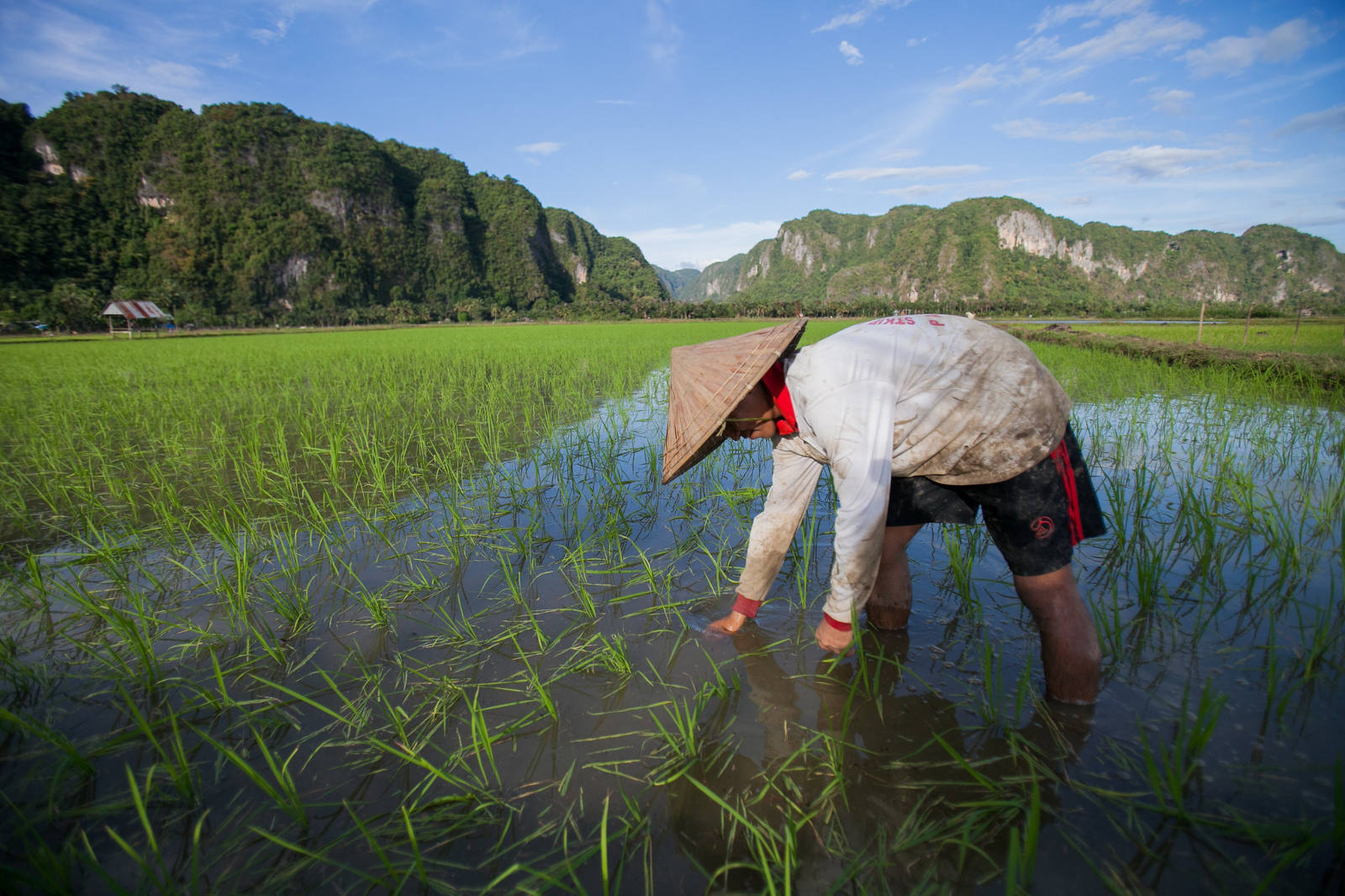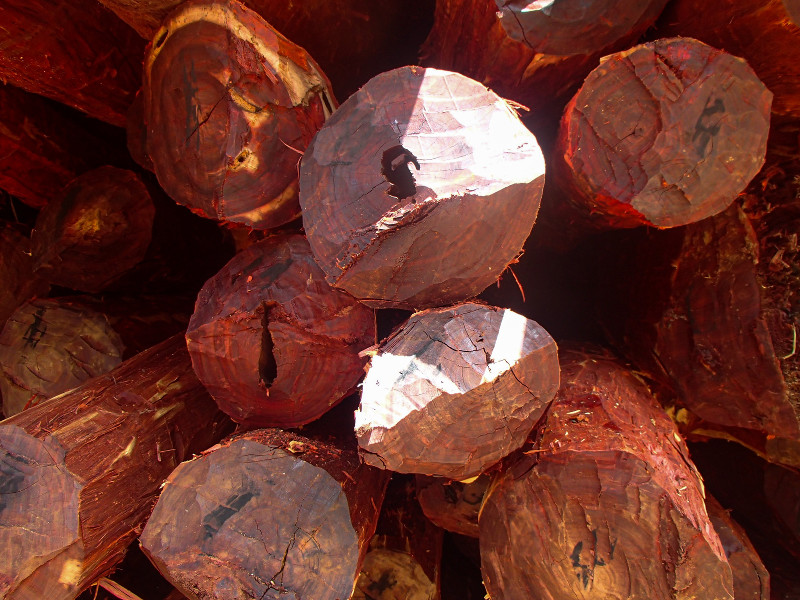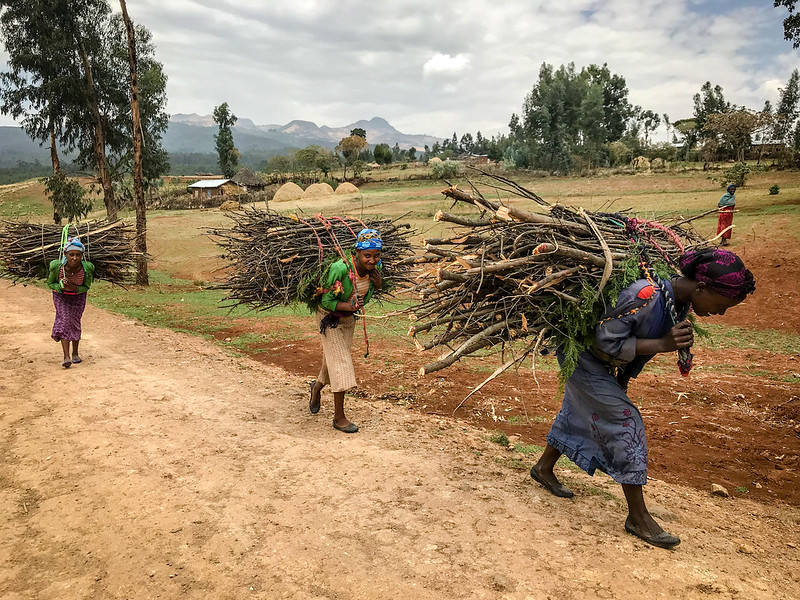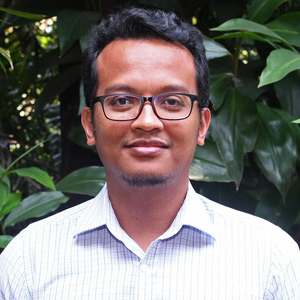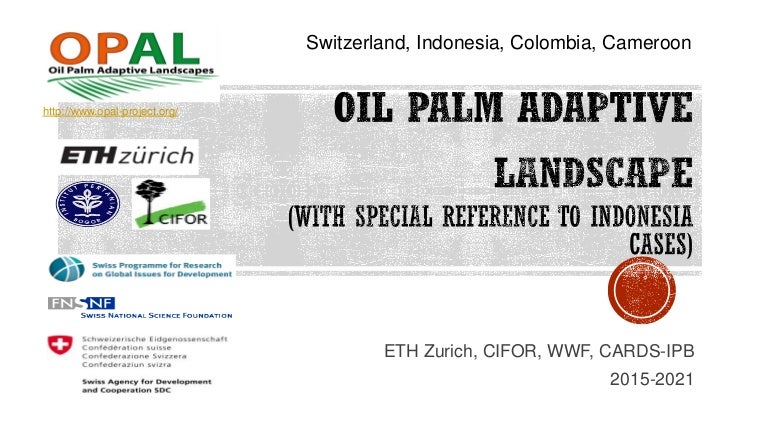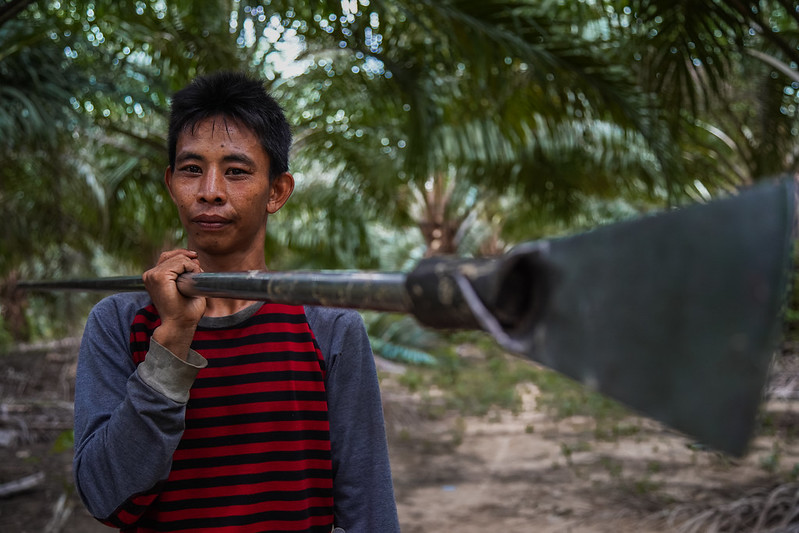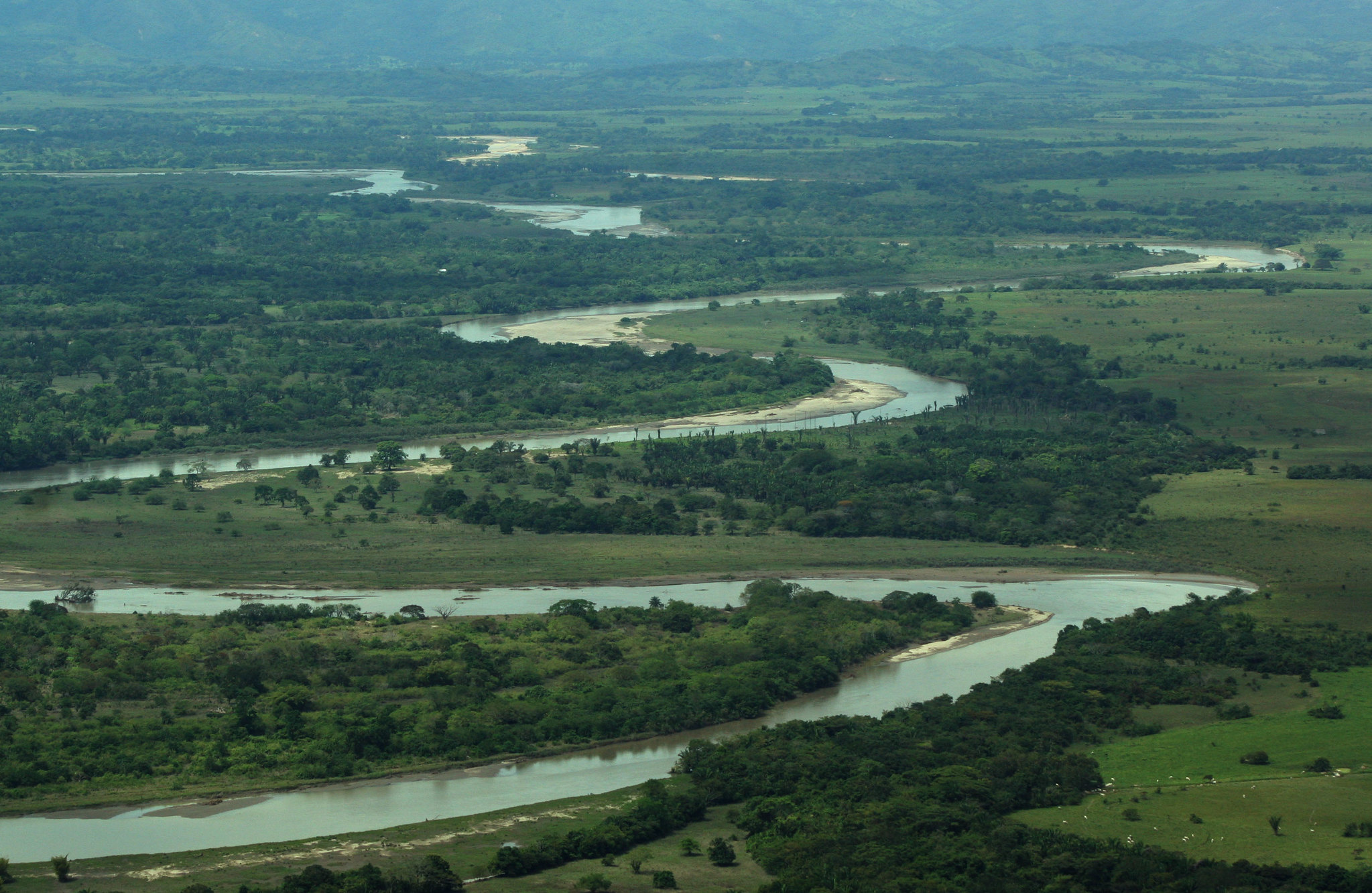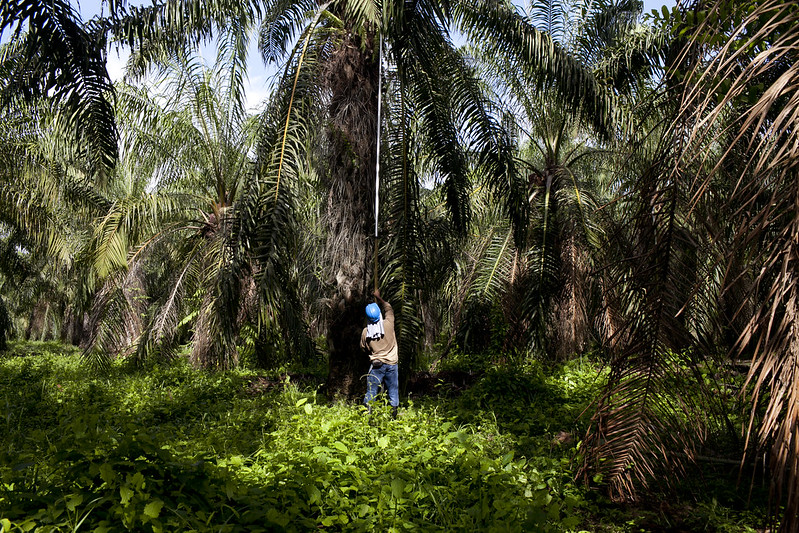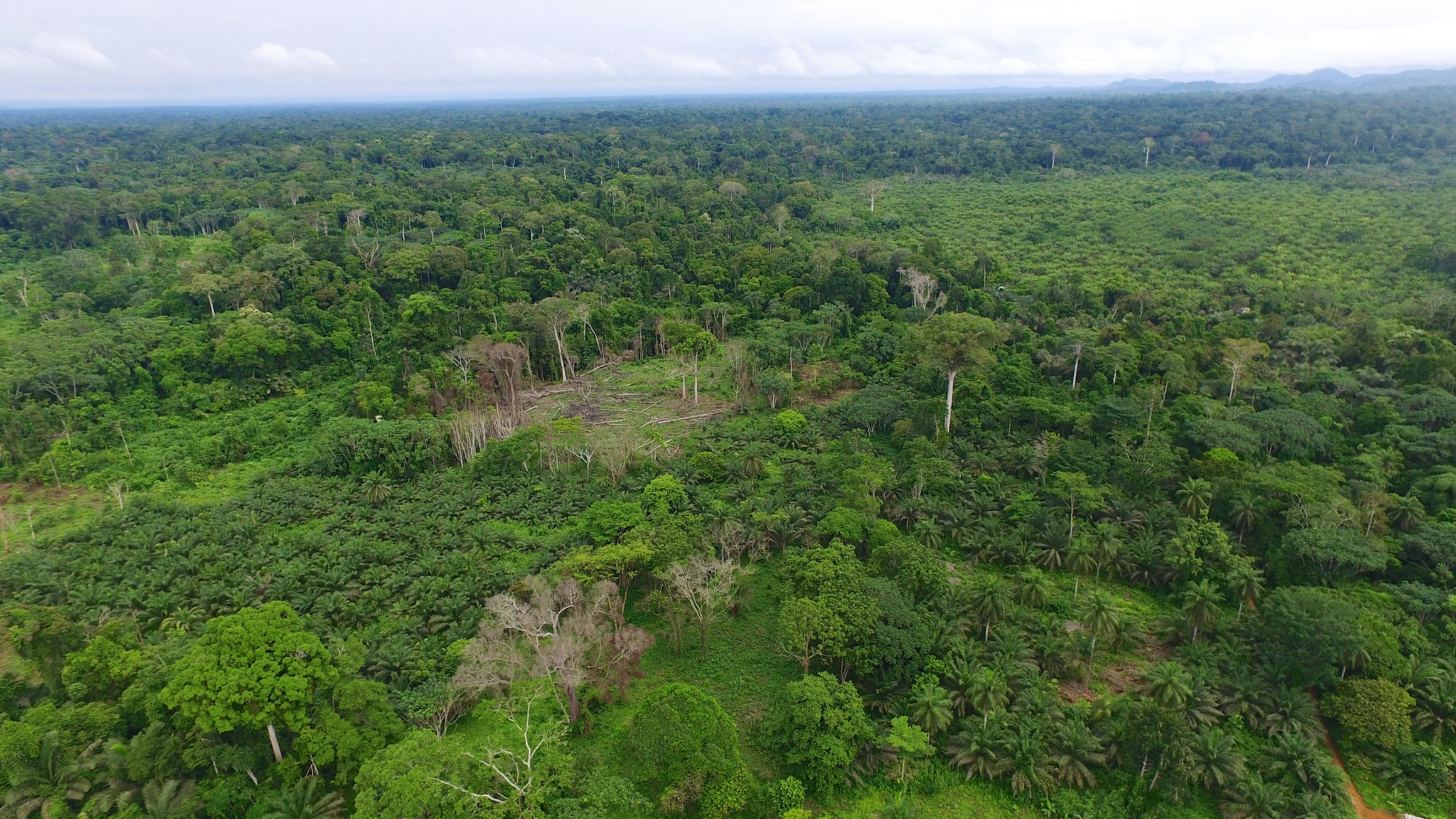Description
Oil palm is one of the fastest expanding land uses. Increasing world demand for palm oil from the food, energy and oleochemical industries, combined with high prices, have driven this rapid expansion. This growth is set to continue through the 21st century.
The debate on the sustainability of oil palm production, centered mainly on Southeast Asia, is driven by concerns about the conversion of natural rainforest, peat swamp forest and croplands to oil palm plantations. Indonesia, Colombia and Cameroon represent three contrasting contexts for the development of oil palm agriculture.
In this project, CIFOR investigates global and local priorities in selected oil palm landscapes across three countries over a six-year time frame. Based on collected data we construct an integrated socio-ecological model through tried and tested participatory approaches.
To adequately capture the biophysical and institutional processes within the landscape, we apply modelling of landscapes at watershed scales. Our research is set within the broader policy context. For this purpose, we established a Science and Policy Interface Group (SPIG) of knowledge brokers to bridge our research with the policy process.
